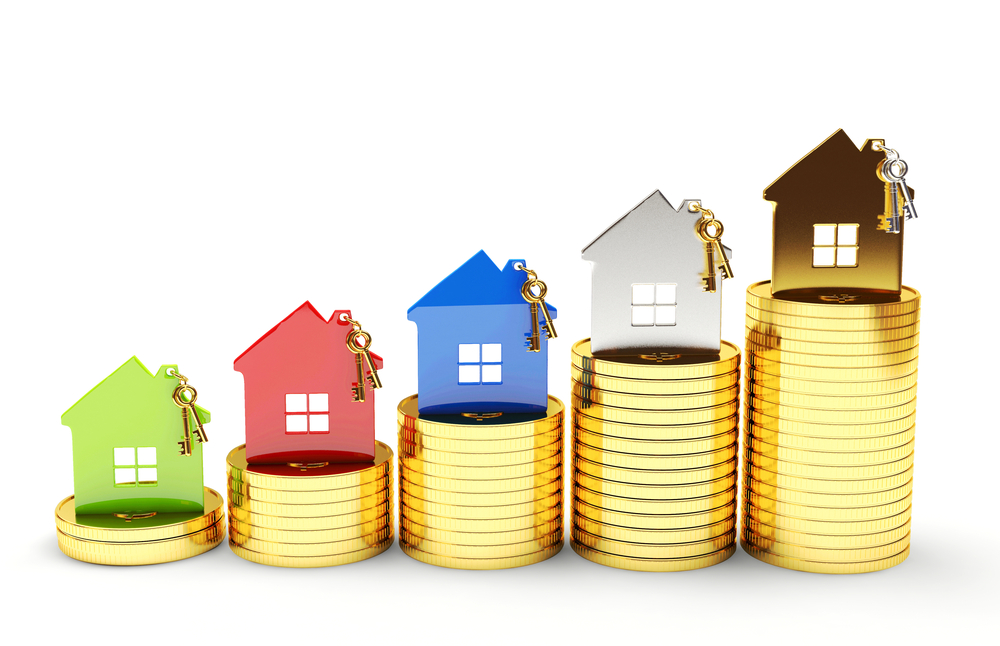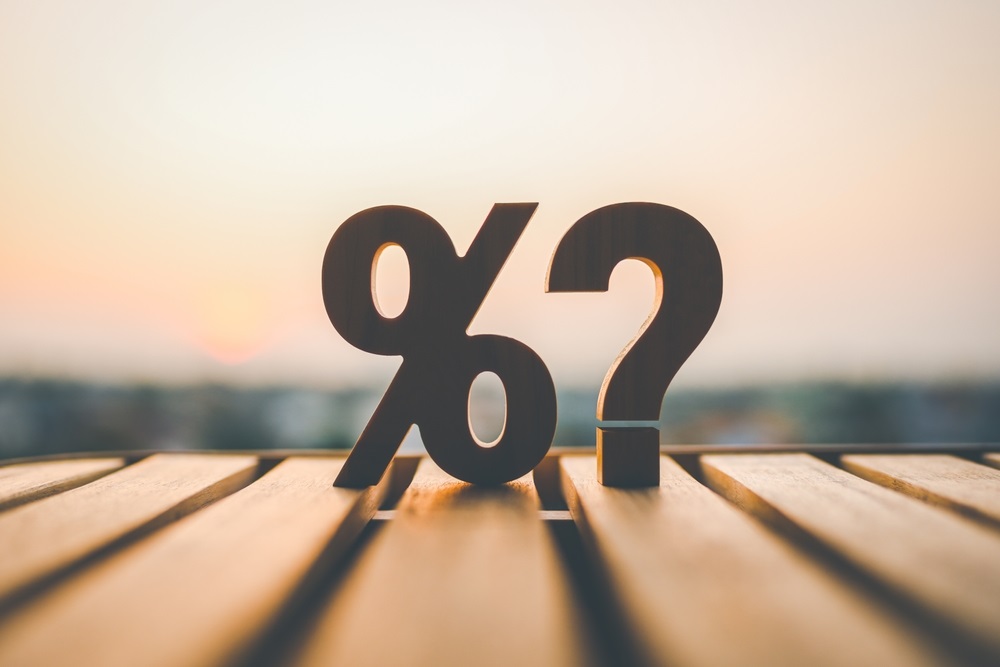The latest government figures show that while house price growth continues to soar in England, the rate in the rest of the UK has slowed dramatically. According to the Office for National Statistics, house prices for the year to January rose by 8.6% in England, compared to -0.3% in Wales, 0.1% in Scotland and 0.8% in […]
 The latest government figures show that while house price growth continues to soar in England, the rate in the rest of the UK has slowed dramatically.
The latest government figures show that while house price growth continues to soar in England, the rate in the rest of the UK has slowed dramatically.
According to the Office for National Statistics, house prices for the year to January rose by 8.6% in England, compared to -0.3% in Wales, 0.1% in Scotland and 0.8% in Northern Ireland.
The ONS said that house price rises in England were driven by an annual increase in the South East (11.7%), London (10.8%) and the East (9.8%).
Excluding London and the South East, UK house prices increased by 5.1% in the 12 months to January 2016.
Average house prices in January 2016 stood at a record high of £306,000 in England, £174,000 in Wales, £195,000 in Scotland and £153,000 in Northern Ireland.
London continued to be the English region with the highest average house price at a record high of £551,000, while the North East had the lowest average house price at £156,000. London, the South East and the East all had prices higher than the UK average price of £292,000.
Over the last few months there has been a surge in buy-to-let activity as investors rush to purchase properties before the April stamp duty deadline comes into effect.
Paul Smith, CEO of haart estate agents, said: “Brexit uncertainty is also looming over the market and causing people to hold off on selling, which will have a knock on impact on prices in the coming months. But there is nothing for sellers to fear, and today’s figures demonstrate that they actually stand to gain from Brexit and the continuing problem of supply.
“It’s disappointing that the Chancellor did not do more in his budget to help boost the supply of homes or to support landlords to provide more homes for rent, which is absolutely essential for those who cannot afford to buy.”
Jeremy Leaf, a former RICS chairman and north London estate agent, said: “The jump in house prices in January reflects a busy period for the housing market, with the pace of transactions picking up as investors hurried through purchases ahead of the stamp duty hike in April.
“While this is not that surprising, what is of more interest is the increase in properties coming to market, as detailed in yesterday’s Rightmove report, and whether this will feed through to a softening in prices in coming months.
“Would-be sellers, attracted by the increase in demand for property at the turn of the year as buyers attempt to beat the rise in stamp duty, have flocked to list property, resulting in a much higher than usual number of listings. If those sellers now stay in the market, prices will decline because of reduced demand, now that buying decisions have been brought forward from the second quarter of the year to the first quarter. It remains to be seen after the EU referendum whether buyers will shake off the concerns they have about the market in the third quarter and what this will mean for property prices.”














